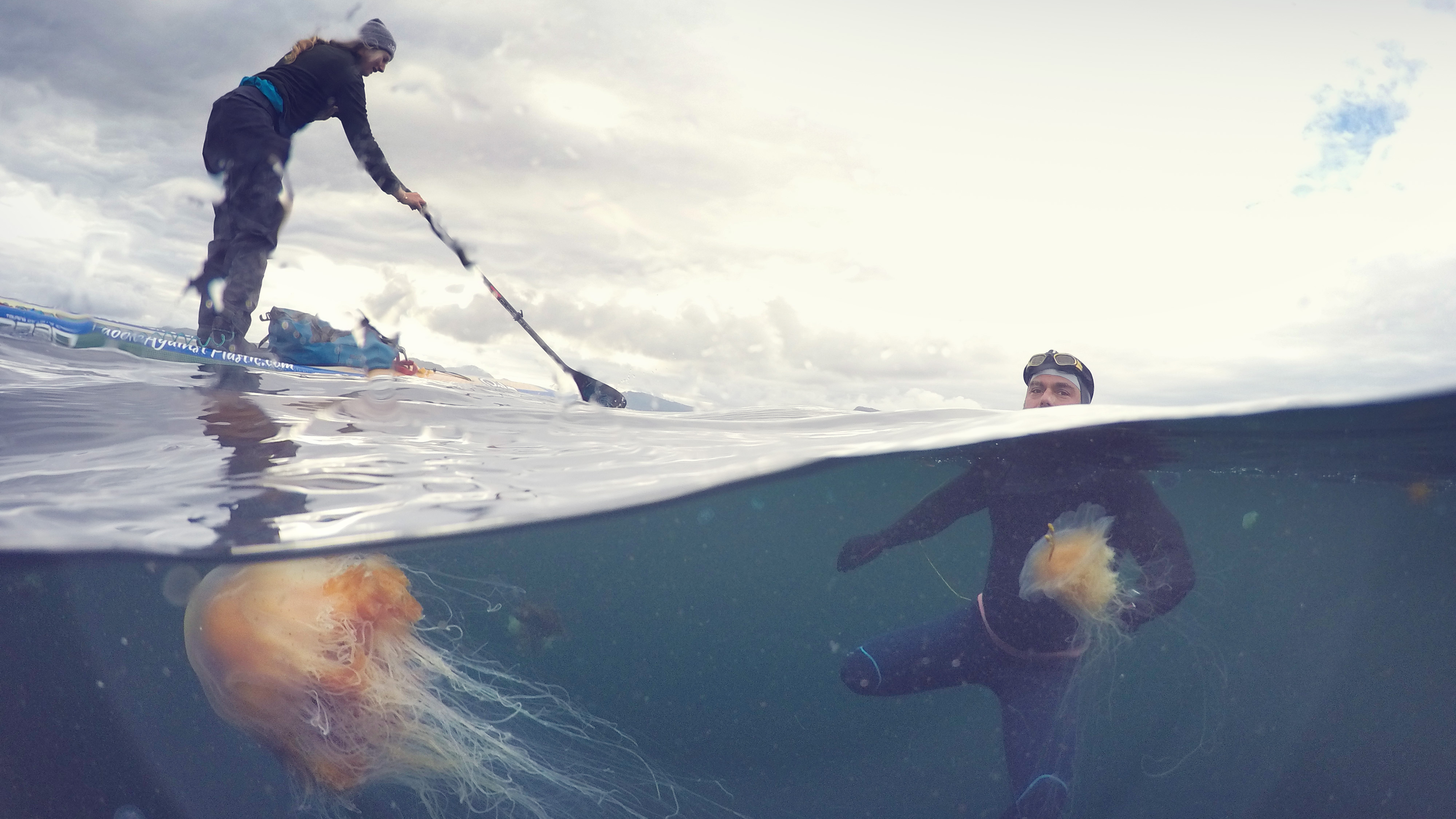Worth the weight – 4 times ultralight hiking gear might be a false economy for your adventures
We speak to an outdoors expert about when to choose “mountain-right” gear instead of ultralight gear
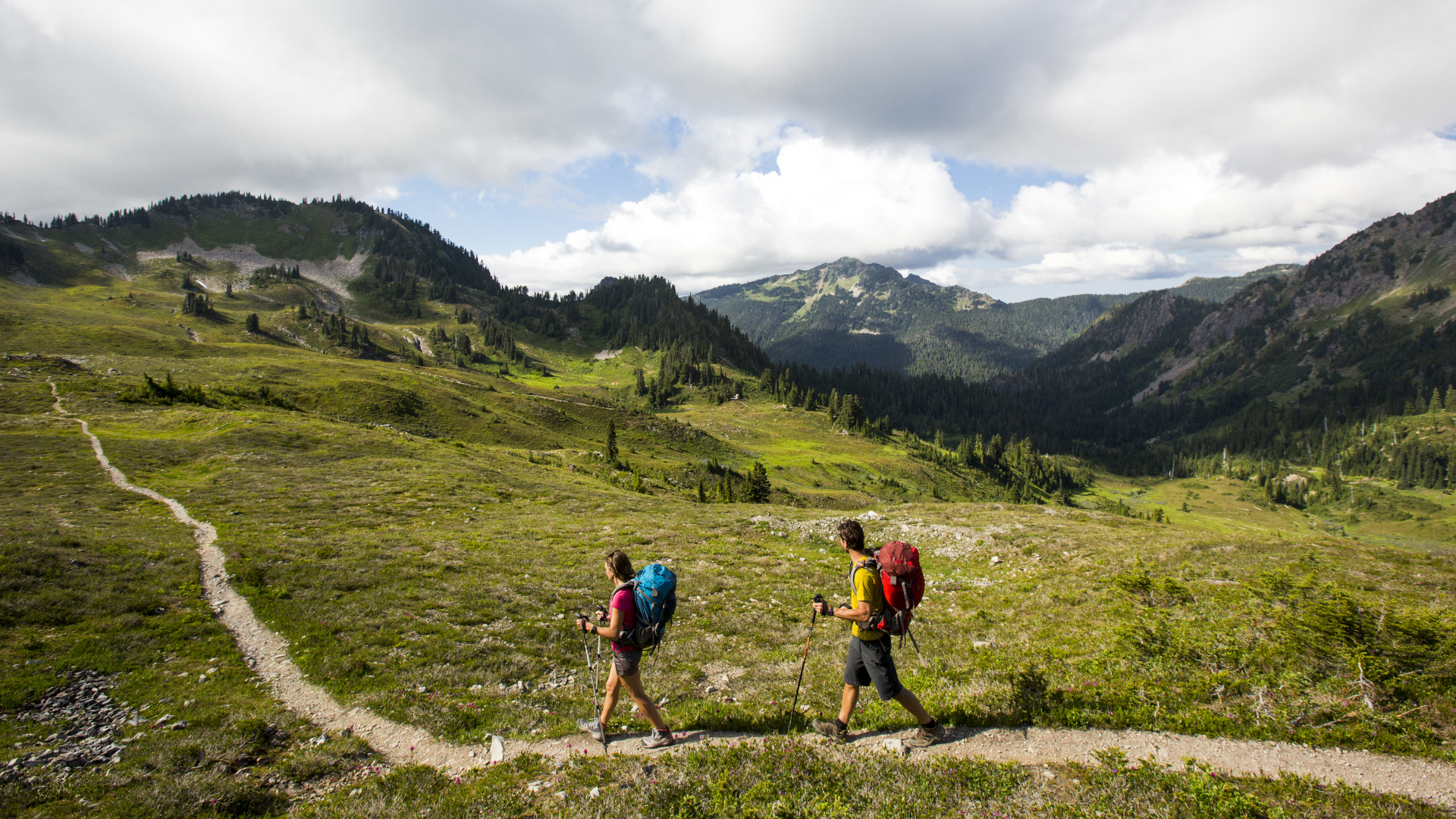
Ultralight gear for hiking is having a major moment and for the most part, I’m here for it. When I'm backpacking, my Sierra Designs Flex Capacitor backpack, Sea to Summit Ember II Down 35 Sleeping Quilt, Therm-A-Rest ProLite Apex sleeping pad and Alpkit Kraku camping stove weigh under five lbs. For a lot of the adventures I want to have, they offer sufficient protection against the elements.
But if I’m being honest, we’re reaching that time of year when my preference for ultralight kit means that sometimes my jacket is wetting out before I get back to the trailhead. So when is ultralight gear worth the (lack of) weight, and when is it a false economy?
I recently posed this question to Lorna Preston, Marketing Manager at outdoor retailer Trekitt who tells me that my beloved lightweight gear has a place, but it’s best reserved for certain activities, and it’s important to remember that it’s light for a reason.
“Ultralight gear tends to be optimized for activities where every gram counts – trail running, fastpacking or even really lightweight backpacking but, as a result, it's often designed with lighter fabrics or minimalist features that aren’t really optimized to winter conditions,” says Preston.
In most places where we like to adventure, winter brings with it rougher terrain underfoot as well as harsher weather and more challenging conditions. It’s during these times when my featherweight Kathmandu Trailhead Stretch jacket might not cut it. Instead, I might want to choose what Preston calls “mountain-right” gear instead.
“That’s not to say you need super heavy kit at all, but that finding the right balance between weight and performance and durability will make a massive difference to both your comfort and your safety in the hills,” explains Preston, who recommends shopping by activity, features and fit rather than brand.
“You probably could go for a hike in a minimalist, ultralight shell but would you have a better time if you compromised a tiny bit on weight and upgraded to a winter-ready waterproof with enhanced features and a more durable material?”
Advnture Newsletter
All the latest inspiration, tips and guides to help you plan your next Advnture!
And it’s not just winter that requires more robust gear – high altitude zones have more extreme conditions in any season, as I found hiking a glacier in the Alps in sub-zero conditions in July. And of course, thru-hiking might see you trekking across several seasons, increasing the need for better protection.
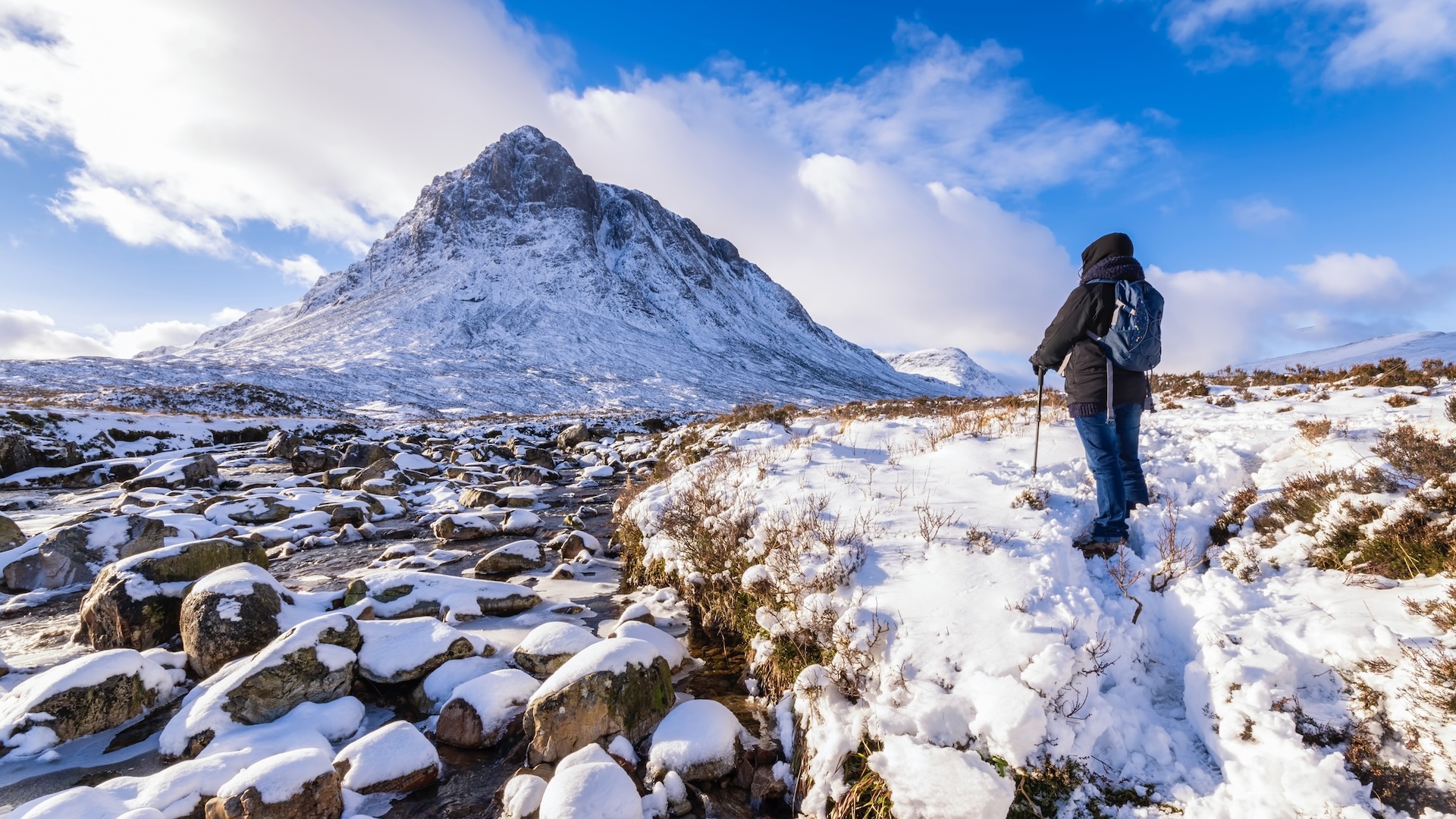
Against harsh conditions, heavier kit is often going to be more hardwearing, because it’s been constructed using more durable materials, but that doesn’t always mean it’s more functional. An old external frame backpack will usually have more storage and better ventilation than a modern internal frame pack, but it won’t be nearly as stable or light for fastpacking, scrambling and squeezing through tight spaces.
“It is important to choose kit that offers a middle ground between low weight and durability,” advises Preston. To help you strike that balance going into winter, Preston outlines four instances when ultralight gear might not prove your best option – and what to look for instead.
Wondering when you can stick to ultralight gear? Make sure you read this article all the way to the end.
When should you choose "mountain-right" gear?
1. Hiking boots
Thanks to synthetic materials, hiking footwear is getting lighter and lighter, and many of us opt to forgo heavy hiking boots altogether in favor of lightweight trail running shoes. In many climates, they work brilliantly, delivering enough traction for steep, rocky trails and plenty of comfort and breathability over long days. However, there is a limit to how much protection they can provide, as one Colorado hiker learned this month when he was rescued with borderline hypothermia.
“You are likely to need higher-cut boots with slightly stiffer and more aggressive soles that can take on harsher winter terrain,” says Preston.
While I love my Columbia Konos TRS mid boots and they do afford me good grip and comfort on long days, for more serious conditions, something like the insulated Scarpa Manta Tech GTX add 500 grams per foot, but has a semi-auto crampon fitted that will keep me safer in snow and ice. Check out our guide to the best winter hiking boots for tougher footwear.
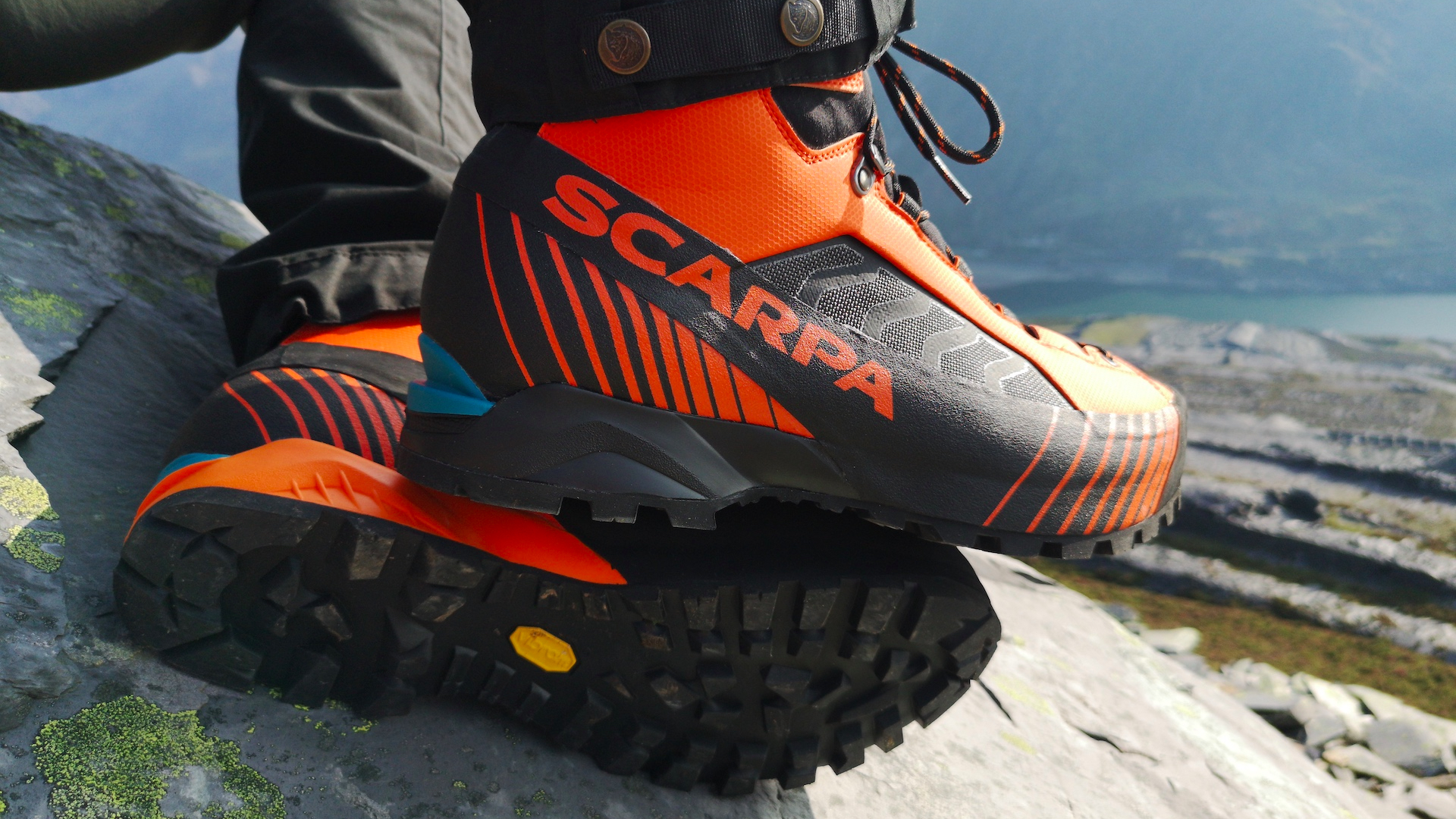
2. Waterproof jackets
Because I only need light rain protection for the majority of the year, I often just roll up my Kathmandu jacket and stuff it in my backpack if the forecast doesn’t look too ominous. It weighs only 8.8 ounces and will fend off some wet weather on a day hike.
Once more treacherous weather rolls around, or for more prolonged adventures, Preston says it’s important to look for a jacket with added details that might increase weight – a storm flap over the front zip to prevent a breach in a downpour, 3-layer construction that can stand up to heavier rain and a more sophisticated, fully-adjustable hood for when that rain is mixed with gusty conditions. You can learn more about what these features do in my article on what makes a waterproof jacket waterproof.
It’s still possible to find a light jacket that meets these requirements – at nine ounces, my 3-layer Montane Phase Lite is the first that springs to mind and it’s great for fast and light adventures. But for wilder weather and an extra six ounces, my Mountain Equipment Makalu jacket is a sturdy shell that creates an almost cocoon-like protection zone when the wind is howling.

3. Backpack
As I already mentioned, “mountain-right” gear doesn’t have to mean staggering around under the weight of a massive Gregory backpack like Wild author Cheryl Strayed as she began her journey on the Pacific Crest Trail. That said, for winter and longer adventures, the lightest backpacks aren’t always your best choice and that’s for one simple reason – because you’ll probably want more space for more gear.
“Extra layers and other essentials will not only help you stay more comfortable but also keep you safer in the event of an accident or emergency,” says Preston.
In addition to your base load, you’ll also want to consider extra base layers and thermal leggings in case the ones you’re wearing get wet and you might want to carry a more comprehensive first aid kit, satellite communicator, portable charger and extra batteries for safety gear like your headlamp.
I’ve been hiking for a few years now with my beloved Sierra Designs Flex Capacitor which can hold up to 60 liters of gear and is surprisingly lightweight at just 2 lbs 10 oz. But the last time I pulled it out to use it, I was disappointed to discover that one of the zippers has broken. It’s fixable, and I’ll certainly be getting it replaced, but in comparison, the Fjallraven Kajka is more than twice the weight but with a wooden frame feels like it will last a lifetime, offers easy access to gear in a hurry and comes with a rain cover for soggy treks.
And lest you think I’m not a fan of iconic backpack company Gregory, today it does offer lighter packs, such as the Katmai 55 which we rated the best all-rounder in our guide to the best hiking backpacks and weighs a respectable 4 lbs 10 oz. Even Cheryl could toss that over her shoulder and march out onto the trail with ease.
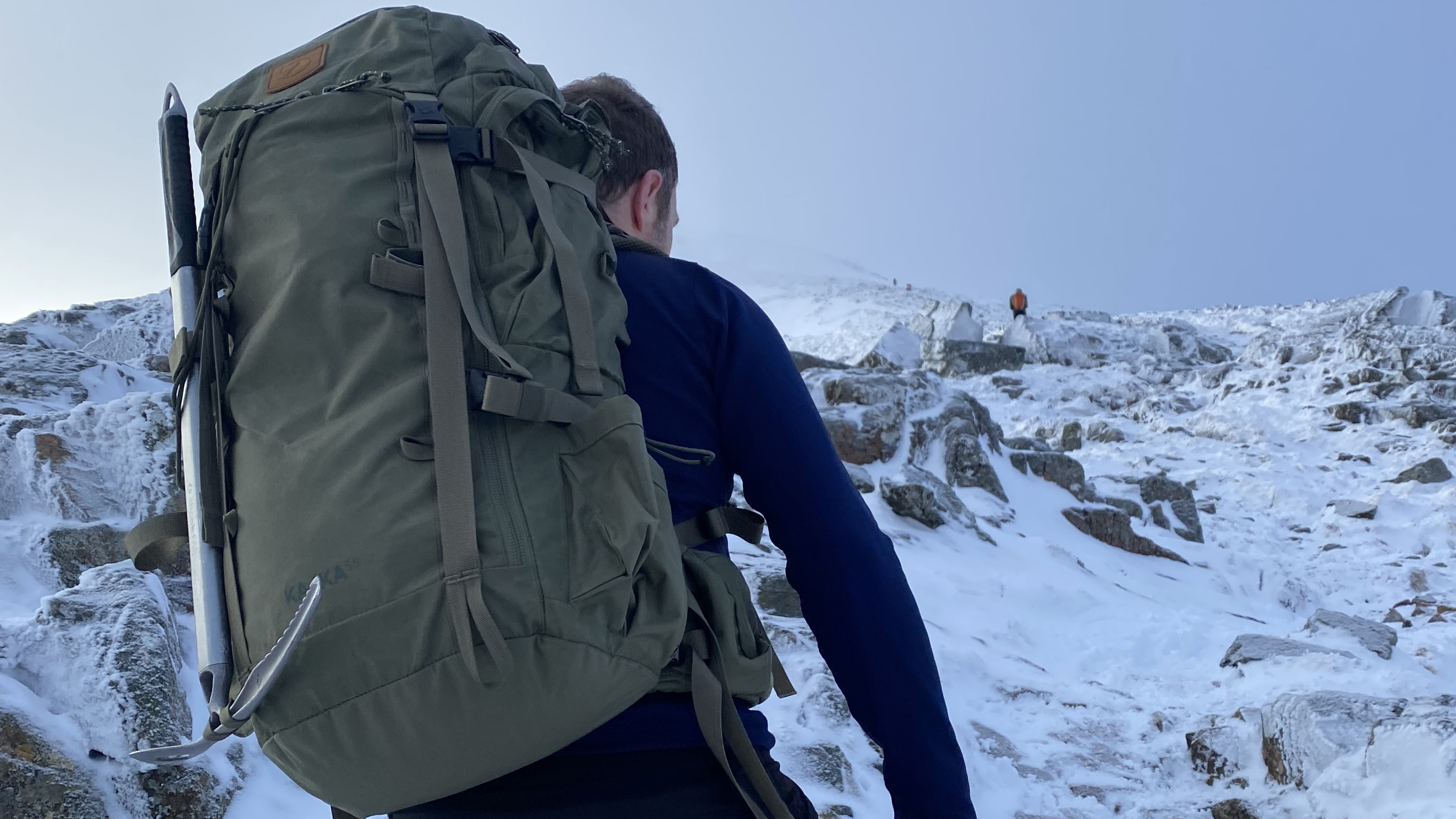
4. Down jacket
For winter adventures and backpacking trips, there’s no doubt that you’ll need some insulation and down jackets make great trail friends. They’re also getting lighter and lighter, as I’ve been discovering this fall with my feather-light Montane Alpine 850 Nano jacket that packs down so small and light it would be crazy not to bring it along on my adventures.
Except you know what the problem is with ultralight down jackets? They’re usually made with an ultralight shell material that’s quite fragile. Not so great for weeks of backpack rub and thorny, overgrown trails then.
The higher the fill power, the warmer the down jacket, so while my Montane has 700 FP which is very warm indeed, Preston recommends the Haglöfs Spitz Down Hoodie, which not only has an FP of 800 but is built with a a durable 30D polyester fabric which is robust enough to stand up to winter conditions and treated with DWR for added protection.
When shopping around for down jackets for harsher conditions (and not just throwing on around the campfire on summer nights), look for water-resistant treatments as well as body-mapped insulation systems that place differing amounts of fill in different areas according to activity, as in the Mammut Eigerjoch Advanced IN Hooded Jacket.

When can you stand to trim some weight?
While you might end up adding a few ounces or even pounds for adventures in colder and more extreme conditions, lightweight and minimalist gear still has its place, according to Preston, who has some suggestions for cutting weight elsewhere.
“Pack essentials only, use compression sacks, and pack strategically,” she says for starters.
If you’re camping, ultralight camping stoves such as the SOTO Windmaster and Jetboil Flash are an easy and light option to cook up high-energy backpacking meals – just make sure you shelter them from the wind so they don’t topple over.
Water is essential, but every liter you carry adds a kilo on your back, so instead of carrying liters of water in bottles or a bladder, bring a water filter or water purification tablets and source water as you go.
“You can significantly reduce the weight of your gear without compromising your safety or comfort," says Preston.
"Remember, the goal is to strike a balance between weight reduction and essential protection for your winter adventures.”
Julia Clarke is a staff writer for Advnture.com and the author of the book Restorative Yoga for Beginners. She loves to explore mountains on foot, bike, skis and belay and then recover on the the yoga mat. Julia graduated with a degree in journalism in 2004 and spent eight years working as a radio presenter in Kansas City, Vermont, Boston and New York City before discovering the joys of the Rocky Mountains. She then detoured west to Colorado and enjoyed 11 years teaching yoga in Vail before returning to her hometown of Glasgow, Scotland in 2020 to focus on family and writing.

